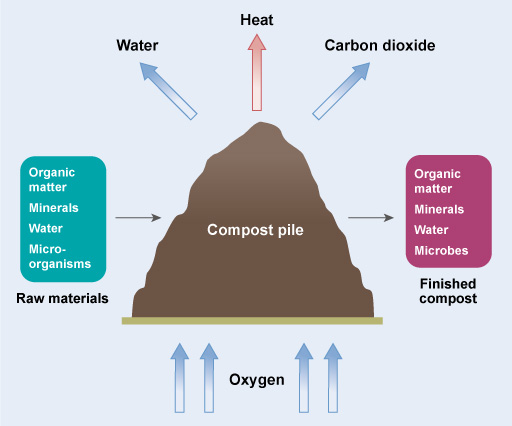What Are the Benefits of Compostable Packaging?
With growing concerns around carbon emissions and plastic pollution, what are the social, environmental and financial benefits of compostable packaging?
There are plenty of considerations to make when choosing packaging. The design and materials should enhance the user experience.
What Is Compostable Packaging?
Compostable packaging breaks down quickly under the right environmental conditions, typically decomposing within three to six months. Once fully decomposed, there will be no trace of its existence, benefiting soil quality and significantly reducing landfill waste. Compostable packaging products are typically made from naturally occurring, plant-based or recycled materials. These include everything from paper and cardboard to polylactic acid (PLA) and bagasse.
Compostable packaging has a small carbon footprint. The manufacturing process requires only a small amount of energy when compared to producing packaging using raw materials, especially things like plastic.
There are a few criteria for packaging to be considered compostable:
- Biodegradability — 90% of the packaging needs to break down into natural elements — like carbon dioxide and water — when it decomposes. This must happen within six months.
- Disintegration — 90% of the packaging material must degrade into pieces smaller than two millimetres within the same time frame. This can indicate the success or failure of the composting process for given packaging materials.
- Efficiency — The composting process requires specific conditions. The packaging or product shouldn’t negatively influence these conditions.
These specifications can make it challenging to qualify certain types of packaging products, so what kind of packaging can you use that is genuinely compostable?
Examples of Compostable Packaging Materials
Compostable packaging takes many forms. It can be constructed from several different materials. It might come as a surprise to find out that some everyday packaging materials like paper are compostable, but recent innovations in plant-based packaging provide effective alternatives with impressive characteristics and performance.
Some examples of high-quality compostable packaging materials include:
Recycled Paper — Paper is one of the most cost-effective and eco-friendly materials available, making it an accessible option for almost everyone. It’s easily recycled, and it’s easy to compost commercially or domestically once it can be recycled no more. It’s handy for things like void fill packaging to protect shipments from damage during transportation.
Kraft — Virgin Kraft has several practical applications. It’s tough, tear-resistant, and commonly recycled. Kraft paper sheets are ideal for medium to heavy applications like wrapping parcels, but Kraft is also an excellent option for food packaging, either in virgin or recycled form. When it reaches the end of its lifespan, it can be composted, which is handy if used to serve food and drinks.
Polylactic Acid (PLA) — This plant-based, plastic-like material is derived from renewable resources like sugarcane. Waste products from harvesting sugar or maize (corn) are fermented, forming a substance similar to oil-based plastic, without environmental drawbacks. With very little processing, plant debris that would otherwise go to waste can be turned into PLA, which can then be incorporated into packaging like
Kraft food packaging.
Bagasse — Another entirely plant-based packaging material, bagasse is made from waste materials of harvesting sugar. Here, sugarcane stalks are pressed to extract the fluid contained within, leaving behind a fibrous substance when dried. This can be crafted into compostable packaging for food.
With several different options available for various applications, it’s important to know what separates compostable packaging from other forms of eco-friendly packaging.
Is Compostable Packaging the Same as Biodegradable Packaging?
While compostable packaging shares similar characteristics as biodegradable packaging, there are notable differences.
Compostable and biodegradable are not interchangeable terms.
The term “biodegradable” refers to materials that will break down naturally over time, whereas “compostable” materials break down into organic, non-toxic elements that benefit the environment.
While things like plastic bags will eventually decay, it doesn’t mean they could be classed as biodegradable. It takes plastics and other similar materials hundreds of years to decompose, and even when they do, they release toxins back into the environment.
Most online retailers are switching to plastic-free packaging, including supermarkets opting for compostable shopping bags over plastic “bags for life” to enhance their sustainable status.
If you’re looking for eco-friendly packaging, be sure to know which you’re buying by checking the properties of the material and the credentials of your packaging supplier.
How Does Compostable Packaging Work?
Compostable packaging materials are made from organic matter. They break down into natural elements when composted correctly, but they need specific environmental conditions to do so, outlined below.
Similar principles apply to biodegradable packaging. The difference here is that biodegradable items decompose without necessarily benefiting the surrounding environment, whereas compostable products can be used as compost when they decay, benefiting soil quality and the environment as a whole.
Why Use Compostable Packaging?
In recent years, consumers have gained a much greater awareness of the environmental impact of their purchases. More than half of consumers across European countries are willing to pay more for sustainable products, driving multinational companies to adopt and develop eco-friendly packaging that isn’t destined for landfills.
The environment matters to today’s consumers, particularly if you’re looking to appeal to millennials and Generation Z, who are particularly concerned with pollution, climate change and protecting the environment.
By demonstrating a social commitment to improving the planet and championing sustainability, you’ll engage an eco-conscious audience. If people believe in your mission and purpose, you’ll win their loyalty. Do things right, and you’ll have a growing number of advocates for your brand, which you can promote via your marketing channels.
Environmental Benefits of Compostable Packaging
We’ve covered some of the environmental benefits of compostable packaging. In summary, compostable packaging has the following environmental benefits:
- Fewer Carbon Emissions — Compostable packaging requires less energy and resources to manufacture than synthetic materials like plastic. As a carbon neutral packaging supplier, we’re passionate about helping you protect the environment with sustainable packaging options that your customers can compost at home or at industrial facilities.
- Reduces Landfill Waste — Depending on the compostable packaging you use, it may also be recyclable. You can recycle cardboard packaging like postal boxes and mailers or shipping boxes if they aren’t spoiled by moisture or other contaminants. Even if this form of packaging is sent to landfills as general waste, it’ll degrade in a relatively short space of time, depending on the environmental conditions.
- Benefits the Local Environment — Creating compost improves soil quality, supporting organic life. Composting suppresses plant disease while microorganisms thrive on organic matter, making compostable packaging a future-friendly option for everyone.
- Enhances the Customer Experience — Consumers have multiple options to dispose of their packaging responsibly when using compostable materials. Even if they don’t have the necessary recycling, composting or general waste facilities at home, commercial composting is still a viable option that benefits the planet.
- No Toxins and Allergens — Everything you’ll find in our online shop is made from materials that are non-toxic and free of allergens. This demonstrates a vast awareness of issues important to the consumer. A conscious, informed customer will almost always choose products free of toxins and allergens instead of a packaging material containing problematic chemicals such as phthalates.
Planet-Positive Packaging for a Greener Future
Compostable packaging is paving the way for companies to be more green. Those who opt for sustainable packaging are staying ahead of the curve, and as time goes by, the vast majority of consumers will expect environmentally friendly packaging as standard.
Head to our online shop and discover compostable, recyclable and biodegradable packaging for your every need. Want more from your packaging? Get in touch for a free custom packaging quote within 48 hours.


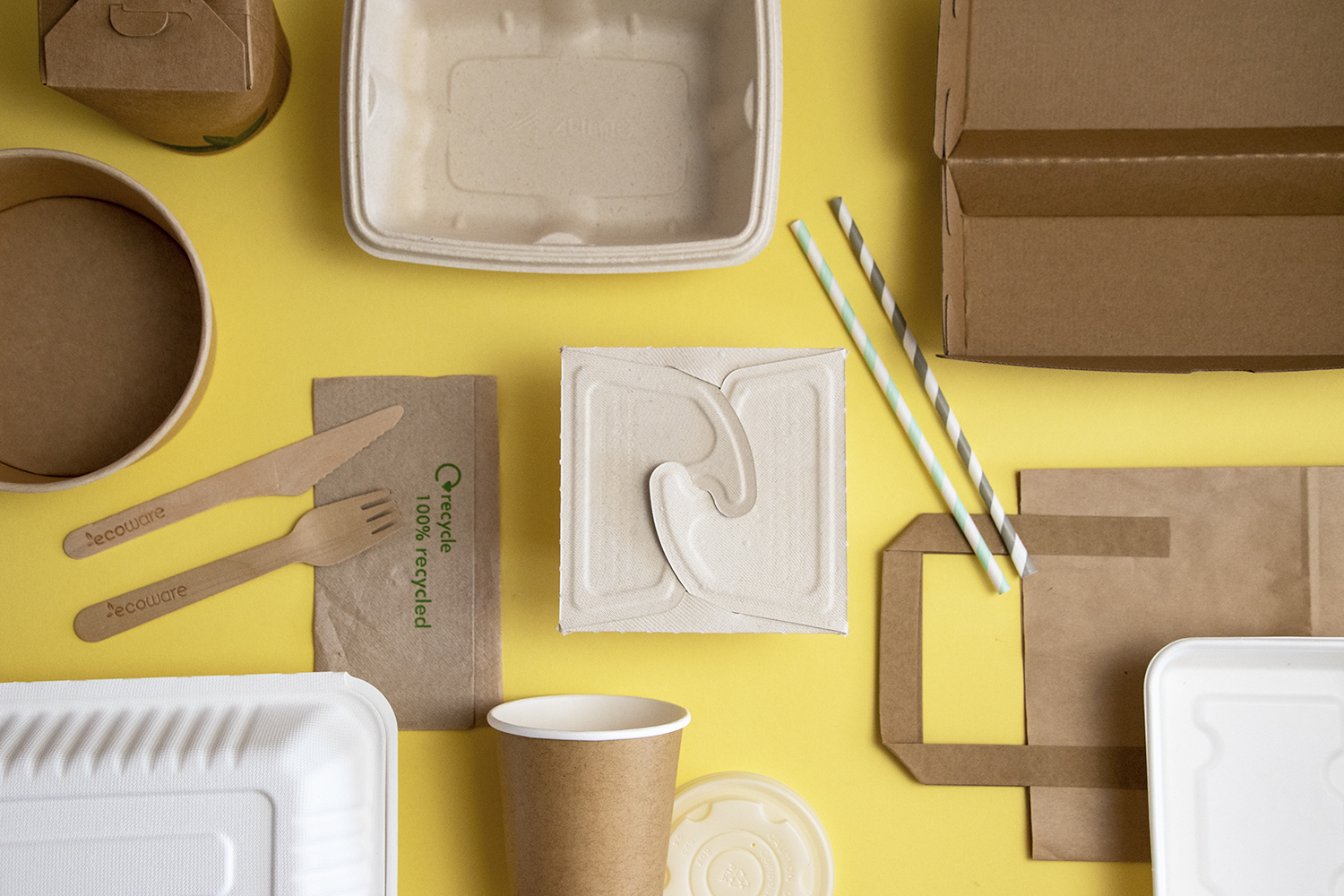
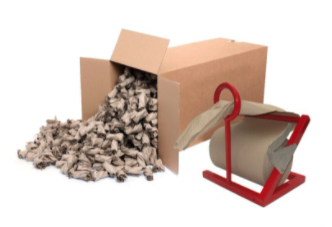 Recycled Paper
Recycled Paper 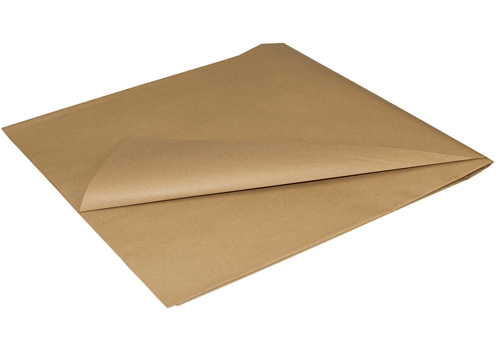 Kraft
Kraft 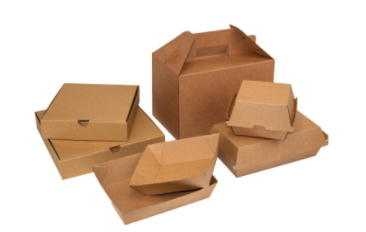 Polylactic Acid (PLA)
Polylactic Acid (PLA)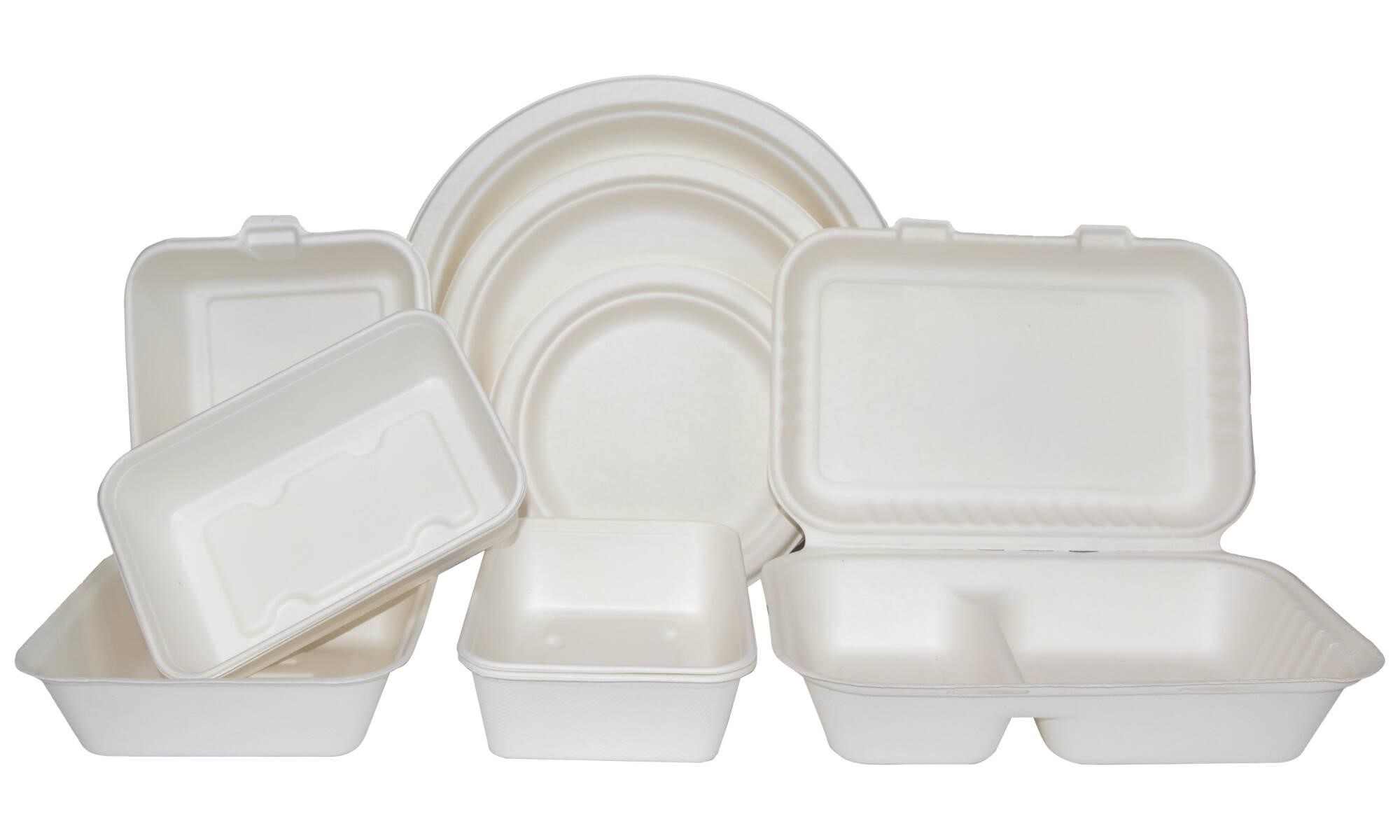 Bagasse
Bagasse 